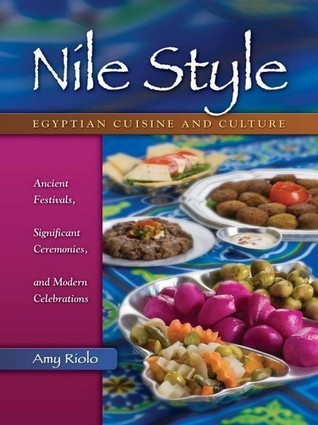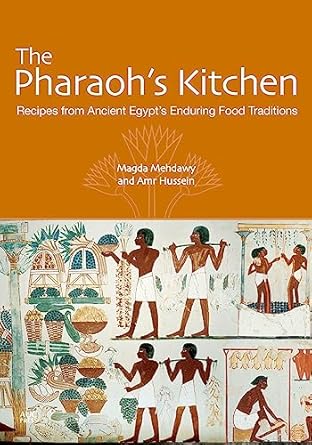1.929.351.3752
[email protected]
All of our Royal Packages include a rich breakfast and dinner with light snacks to fuel your day. But what truly sets us apart is the opportunity to experience the authentic food of the most ancient Egyptians, reimagined for the modern palate. Every bite connects you to the traditions of Pharaohs, with recipes that have been passed down through the centuries, offering a spiritual and sensory journey like no other. To complement your in-house dining, we also offer curated recommendations to nearby restaurants and immersive food experiences, ensuring that your culinary adventure is as memorable as your stay.
Our food even includes recipes featured in research-backed books by Egyptologists and Archeologists.
The kitchen was a central part of Egyptian life, usually situated at the back of the house, sometimes even outside. It was equipped with essential tools like ovens, grinders, and vessels for cooking and storage. Kitchens were often simplistic, with items made from clay and stone, reflecting the class of the household. Cooking tools included ovens, mortars, and grinding stones, while pottery was commonly used for storage and preparation.
Social status heavily influenced what people ate. The poorest relied on bread, beer, and simple vegetables, while wealthier Egyptians enjoyed a variety of meats, fish, fruits, and wines. Meals were often prepared with grains, herbs, and spices, and the art of dairy and oil-making was common.
Feasts and festivals were integral to Egyptian society, with grand meals on special occasions, reflecting both religious significance and social status. For instance, during the Beautiful Feast of Opet, the entire town of Thebes was fed, with offerings of meat, fruit, and bread. These celebrations often showcased the abundance of food available to the elite, while simpler foods like bread and beer sufficed for the lower classes.
The forces of nature, animals, and agricultural life played a central role in religious worship. Egyptians believed that gods personified natural forces, such as the sun, wind, and animals like cows and crocodiles. Deities like Osiris, the god of fertility and agriculture, symbolized the cycle of life and the renewal of crops, while others like Nepri, the god of grain, and Renenutet, the goddess of harvest, reflected the importance of agriculture in Egyptian life.
Offerings were a major component of worship, and food played a central role in these rituals. Daily offerings, such as bread, meat, and fruit, were made to gods and deceased individuals to sustain them in the afterlife. The offerings also supported temple priests and workers. The burial process included the mummification of bodies, provision of food, and other goods like grains and wine to ensure the deceased would have what they needed in the afterlife. Rituals and feasts often included lavish offerings of bread, meat, wine, and fruit, which were shared among gods, priests, and high-ranking individuals.
Bread, an essential part of the Egyptian diet, was frequently used in offerings. Different types of bread were made from wheat and barley, including both flat and thick loaves. Bread-making was a vital skill, and many households baked their own bread using simple, traditional methods.

